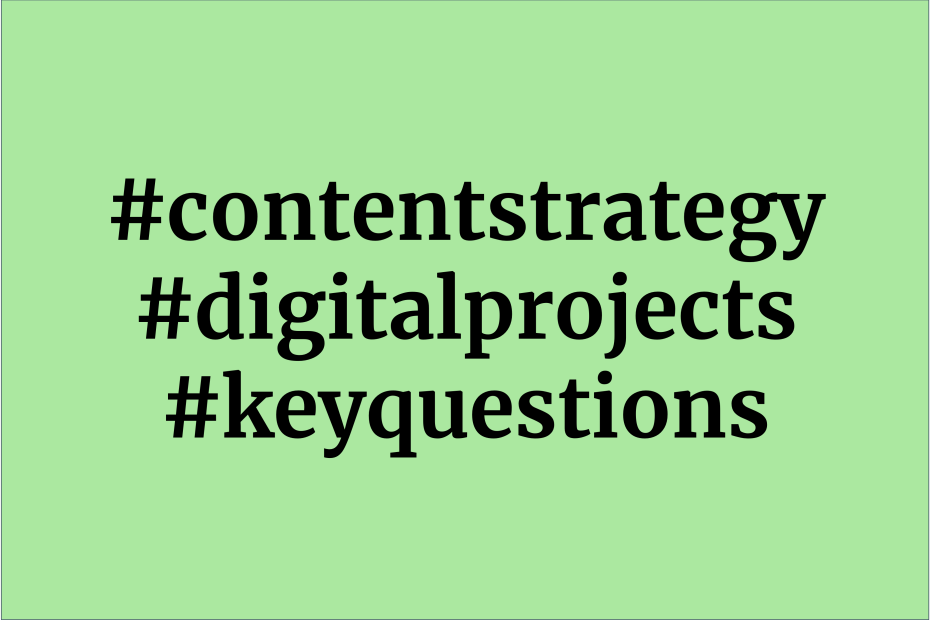What are the business needs the company/organization wants to solve with its new website or app? This is one of the critical questions to ask when starting a digital project like a website or app, according to the “Five Pillars Framework.” Created by Content Strategist expert Rahel Bailie, I share it because I firmly believe it can help save time and money.
Let me start this post with a personal story. While developing a website and a landing page, me and the team I worked with encountered problems we did not foresee. Mainly because we did not ask the right questions from day one. The enquiries were two:
- Did we have in-house the technological support we needed, or did we need to hire it from external sources? (Which, it turns out, we did). If so, how much were we willing to pay?
- As we were going to create new sections for content, was there a system in place to add new content sustainably? If not, can that system be implemented? (The answer to both was no, as we realized later).
During the courses of the Master in Content Strategy at FH JOANNEUM, I have realized that if we had asked those questions to ourselves, we could have saved time (months, to be precise) and money.
Luckily, Content Strategist expert Rahel Bailie shared in her classes a tool that can help avoiding some of these mistakes in the future. It is called The Five Pillars Approach.
The tool offers a set of critical questions to ask before starting a digital project like a website or an app, or when making early evaluation of projects.
Bailie’s primary audience with the tool is content strategists’ consultants when developing a content strategy. Although it is indeed a great tool I plan to use as future Content Strategist, I believe it can also help as a guide to many who oversee digital content projects within organizations.
I can say it is certainly helping me to approach this sort of projects with a more practical and tested approach.
The Five Pillars useful questions
In her approach, Bailie has created a set of five topics that are the “pillars.”
The pillars consist on the needs of: the organization, its users, content, operations, and technology. This are the “five umbrella areas of any organization,” as Bailie has called them in a post about the topic.

Screenshot of the toolkit.
For each pillar, there is a set of questions the consultant should ask in two stages:
- At the beginning of the analysis of a project, called “the discovery phase,” when it is necessary to understand the situation of the business and the starting point of the project.
- A second step when conducting a “gap analysis,” which seeks to determine the current state of the organization and the future state it wants to achieve. This allows for checking what is missing and what might be required to succeed.
The questions are specific for each pillar. Within them, a key enquiry to ask for the organizational needs is, what is the business problem or goal being addressed by the project?
See in the following image more questions for the “Organizational needs” pillar, the first one to be considered from the toolkit:

Key questions to ask for the “Organizational needs” pillar.
Additional beneficial questions I would like to highlight are the ones related to operations and technology.
For example: What would your ideal processes look like? What infrastructure is in place to deliver content in ways that support your business goals?
Possible outcomes
The outcome Bailie intended when using the toolkit is building a roadmap, with a clear view of what the organization should do to achieve its goals.
However, as I mentioned, I have also noticed that the set of questions by pillar and phase can work as very helpful guide when evaluating a new digital project. As such, I hope it can also help anyone who is overseeing digital projects.
The toolkit is available for free. You can read more about it and download it in Bailie’s original post on the topic at this link.
You can also follow Rahel Bailie on Twitter, where she periodically shares insights and tools for Content Strategy, Content Operations, and systems to operationalize content.
